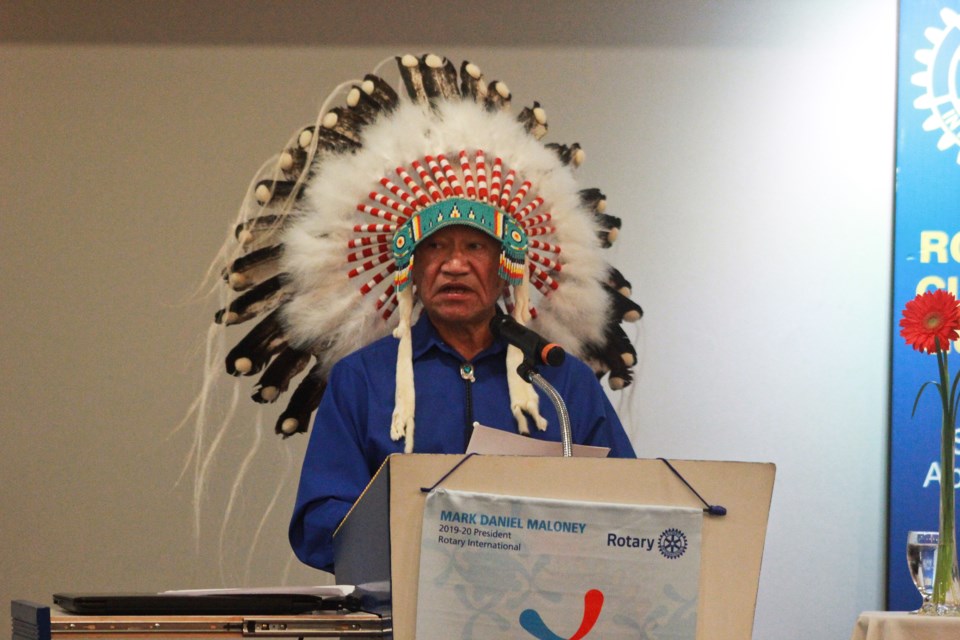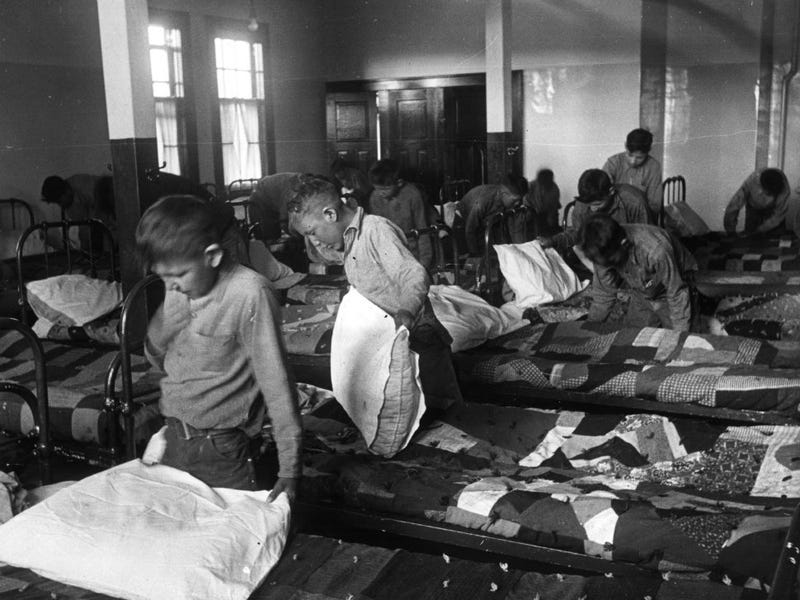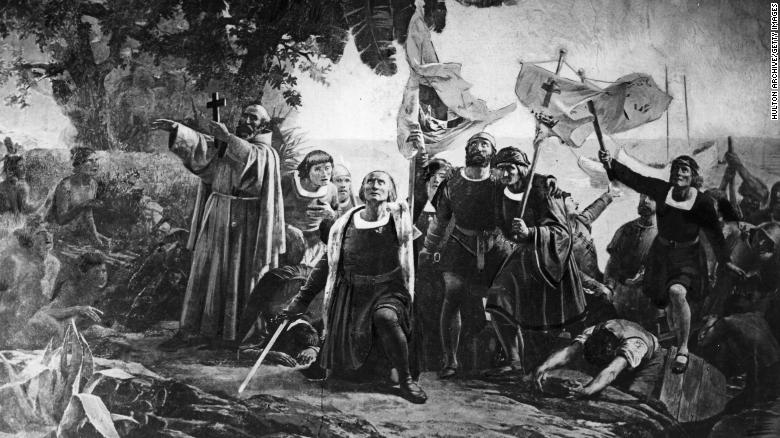Guelph event organizer Dianne Dance said the turnout shows a sincere wish for reconciliation
By Anam Khan
It was a full house, many wearing orange shirts to
recognize Orange Shirt Day, at the Italian Canadian Club Friday as
community members gathered to hear Indigenous author Edmund
Metatawabin speak about his residential school experience.
Several members of the community gathered as Metatawabin, a
past recipient of the Order of Canada, spoke at the Rotary Club of
Guelph.
Many wore orange t-shirts that read “Honouring Indigenous Peoples, Every Child Matters” to commemorate Orange Shirt Day on Sept. 30 which remembers the assimilation practices forced onto young Indigenous children.
The organizer of the event, Dianne Dance, said that the
fact that many people came to the event shows that there is a sincere
wish for reconciliation.
Dance said it is important to recognize the suffering of Indigenous peoples as Orange Shirt Day is right around the corner.
“It's still impacting today and we need to understand that in the spirit of reconciliation,” said Dance.
Metatawabin spoke about his personal experiences where he
experienced the pain in residential schools and lived to see his
children suffer as well.
“Physical abuse comes in many forms, and without oversight,
residential schools liberally applied that punishment,” said
Metatawabin, who gave his speech wearing a traditional headdress
reserved for chiefs.
He spoke about the helplessness in complying to the rules,
the ostracization by the church, being treated like a criminal by the
police, the scars on his body from a distinct orange strap which gauges
the skin as it touches it, being made to stand outside minus-40 C
overnight, suffering repeated slaps on both sides of the face, squatting
for four hours on the concrete floor, not being able to access water to
drink along with very few washroom privileges, getting electrocuted on
an electric chair and being forced to eat his own vomit.
“These are only a few, as there were other inventive ways
to inflict pain or discomfort on the children. Sexual abuse committed by
the bishop, the head priest, and other staff. When a girl was pregnant,
it was abortion,” said Metatawabin, who still remembers his status
number of that school.
Like any father, he said, his heart would ache for the
touch, noise and demands of children and having suffered humiliation
first hand through pain methods, the immediate and long term effects can
never be forgotten.






















